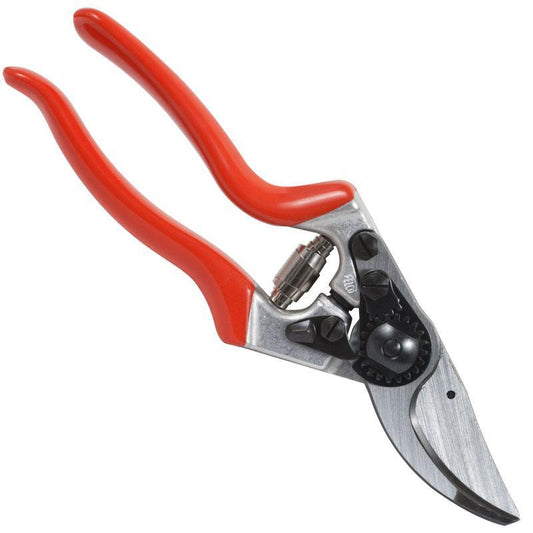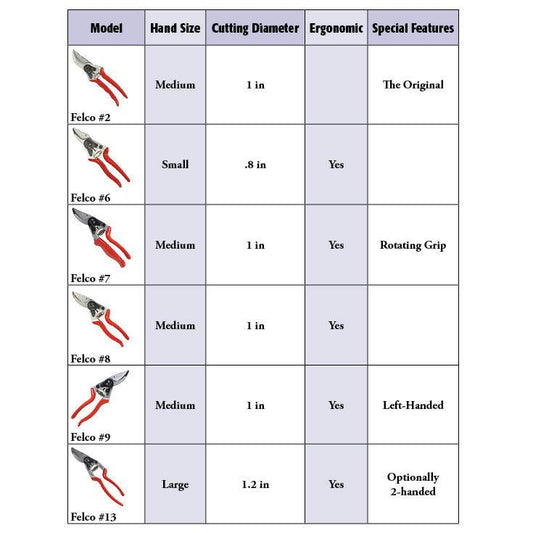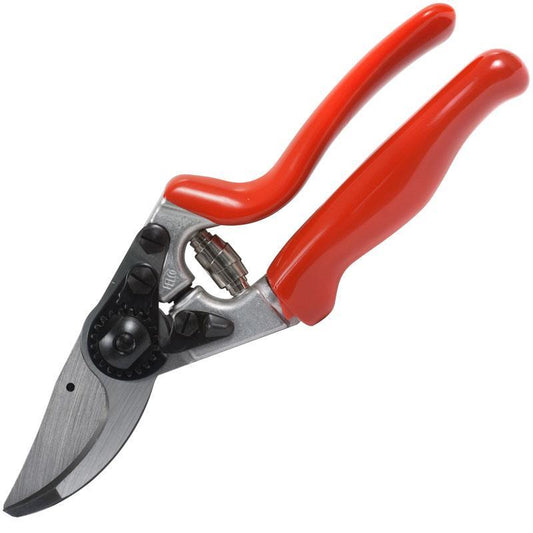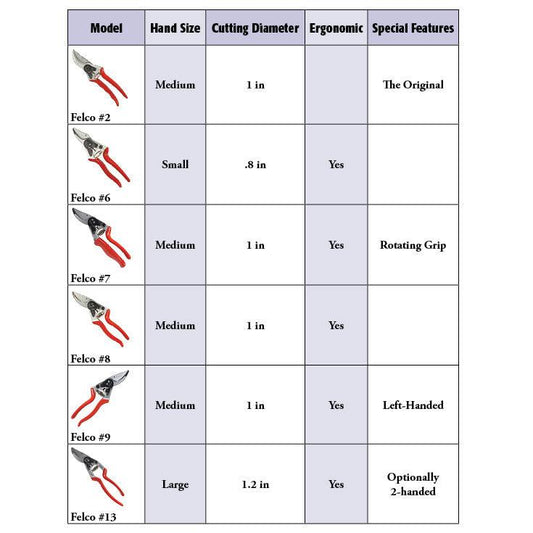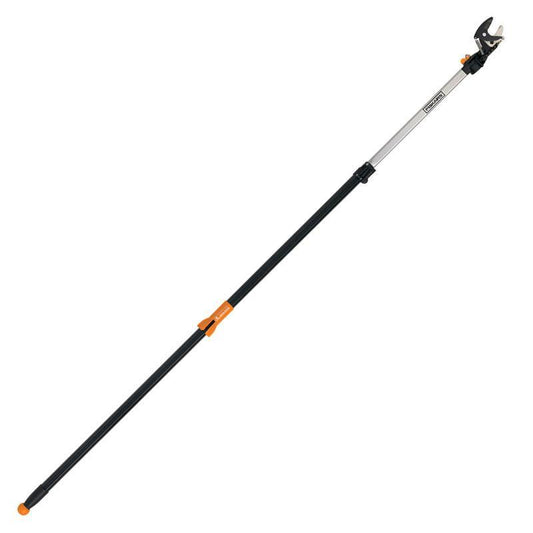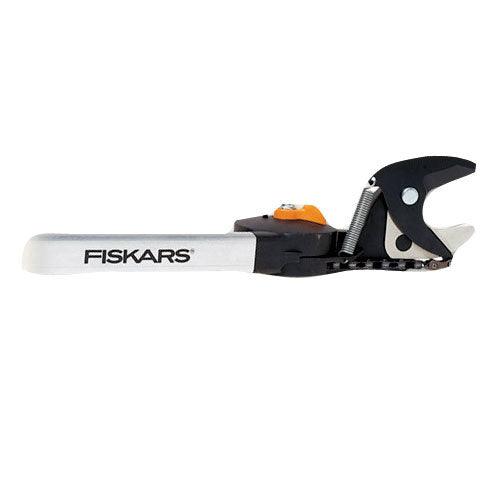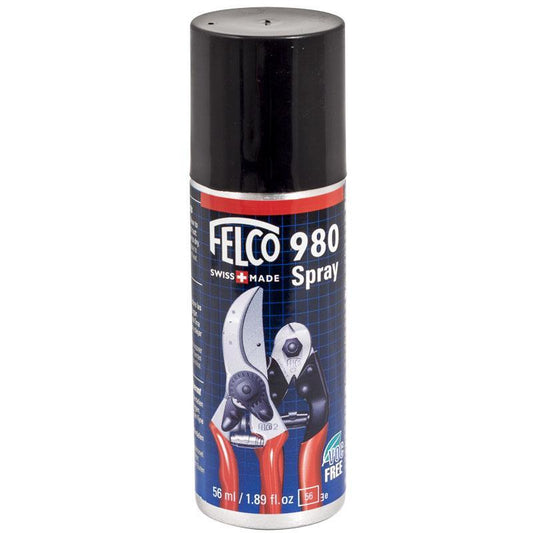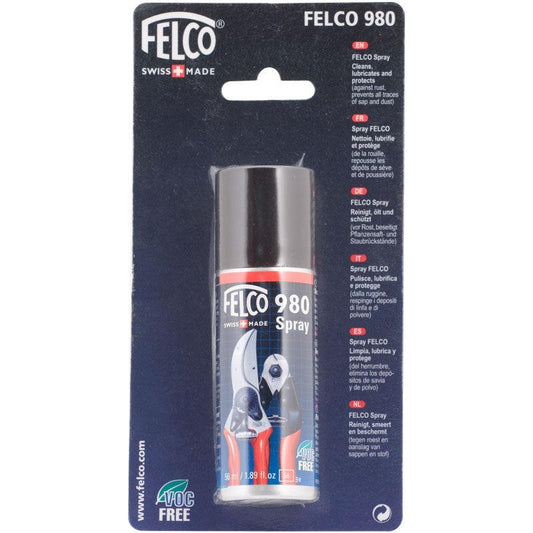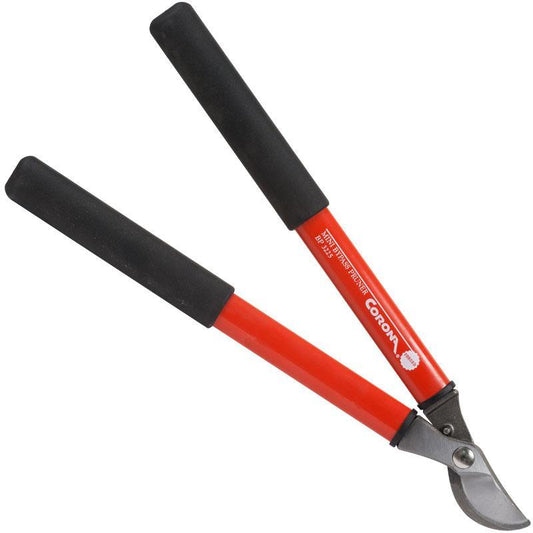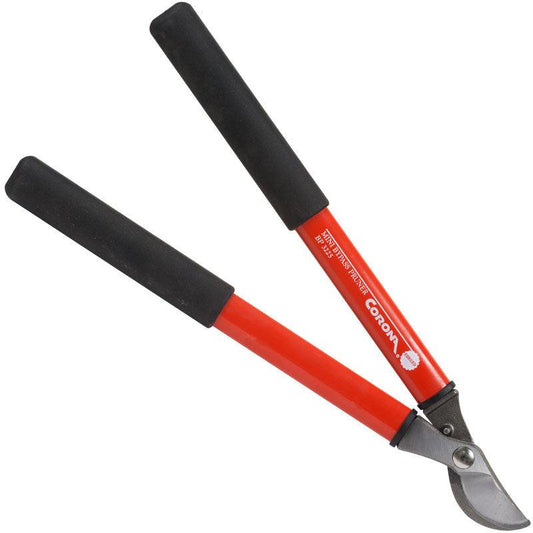Understanding How Trees "Heal" and Compartmentalize Damage
In the truest sense of the word, trees do not “heal” as animals do. Instead of regenerating damaged tissue, trees compartmentalize the injured area, isolating it from the rest of the tree. This process involves the growth of specialized cells that form a barrier around the damaged tissue, separating it from healthy wood. While the damaged tissue is never repaired, the tree grows new, healthy wood around the area. This fascinating survival mechanism, often misunderstood, is essential for the long-term health and structure of the tree.
The Science Behind Tree Compartmentalization
The process of compartmentalizing damage is known as CODIT, or Compartmentalization Of Decay In Trees, a term introduced by Dr. Alex Shigo, a renowned arboricultural scientist, in 1986. CODIT describes how trees manage to isolate injuries and decay through the growth of woundwood or callus tissue.
 The Branch Defense Zone
The Branch Defense Zone
One of the most critical components in this process is the branch collar, the swollen area where a branch meets the trunk or another branch. This collar contains specialized cells forming what is known as the branch defense zone.
When a branch is damaged, the branch defense zone activates, producing woundwood to seal off the injury. This creates a physical barrier that prevents infection or decay from spreading to the rest of the tree. The rapid response in this area is why proper pruning techniques emphasize protecting the branch collar.
Why Proper Pruning Is Essential
When pruning, it is vital to avoid damaging the branch collar. If the collar is harmed, the tree’s natural defense mechanisms are compromised, leading to improper compartmentalization and an increased risk of decay.
Correct Pruning Techniques
- Always make pruning cuts just outside the branch collar.
- Avoid flush cuts, which can remove or damage the branch collar.
- Use sharp, clean tools to make precise cuts and minimize damage.
Proper pruning ensures that the tree can seal off the wound effectively, reducing the risk of infection or decay.
How Trees Use Compartmentalization
The branch defense zone acts as the tree’s emergency response system. If a limb is severely damaged, the tree will isolate it by creating a layer of barrier cells at the branch’s junction. This prevents nutrients from reaching the affected limb, which eventually dies and becomes nonfunctional.
Once sealed off, the dead limb no longer poses a threat to the tree. Over time, it may naturally fall off, decomposing and contributing organic matter to the soil. Insects, fungi, or woodpeckers that further damage the dead wood will have no impact on the living tree.
 Understanding Tree Anatomy: Sapwood vs. Heartwood
Understanding Tree Anatomy: Sapwood vs. Heartwood
Not all branch damage leads to compartmentalization or decay of the entire limb. The likelihood of decay depends on the wood composition, particularly the differences between sapwood and heartwood.
Sapwood
- The outer layer of the tree where nutrients and water flow.
- Highly resistant to decay due to its active role in transporting nutrients.
- Branches composed mostly of sapwood (less than 2 inches in diameter) are less likely to succumb to decay.
Heartwood
- The inner, non-living core of the tree.
- Provides structural support but has no resistance to decay.
- Branches larger than 4 inches in diameter contain significant heartwood, making them more vulnerable to decay.
When to Prune for Optimal Healing
Since smaller branches are easier for the tree to compartmentalize, it’s best to make pruning cuts when branches are less than 2 inches in diameter. Young trees should be trained to their desired shape during the first few years of growth, while the branches are still small and primarily composed of sapwood.
If a larger branch needs to be pruned, the tree's ability to recover depends on its overall health and the care it receives post-pruning.
Supporting Tree Health After Pruning
When a large pruning cut is necessary, you can help your tree heal effectively by providing proper care:
1. Fertilization
Use a balanced fertilizer to ensure the tree has the nutrients it needs for growth and woundwood production.
2. Adequate Watering
Provide consistent moisture to reduce stress on the tree, particularly during dry periods.
3. Soil Aeration
If the soil around the tree is compacted, aerate it to improve root access to water and nutrients.
4. Disease and Pest Management
Inspect the tree regularly for signs of disease or pest infestation and take prompt action to address any issues.
By reducing stress and maintaining overall health, you can enhance the tree’s ability to compartmentalize damage and recover from large cuts.
Long-Term Tree Care Tips
Caring for your tree goes beyond pruning. To ensure long-term health and vitality:
- Perform Regular Inspections: Check for signs of damage, disease, or pest activity.
- Prune During Dormancy: For most trees, the best time to prune is during late winter or early spring before new growth begins.
- Mulch Around the Base: Apply mulch to conserve moisture and regulate soil temperature, but keep it a few inches away from the trunk to prevent rot.
- Protect Against Mechanical Damage: Avoid using lawnmowers or weed trimmers near the trunk to prevent accidental injuries.
The Benefits of Understanding CODIT
By learning about the process of Compartmentalization Of Decay In Trees (CODIT), you can make informed decisions about pruning and caring for your trees. Properly managed trees are not only healthier but also more resilient to environmental stress, disease, and physical damage.
Whether you’re maintaining a single fruit tree or an entire orchard, understanding how trees respond to damage allows you to support their natural defense mechanisms effectively.
Additional Resources
For more detailed guidance on pruning and tree care, visit Fruit Tree Central, where you’ll find videos, articles, and expert tips.
By respecting the unique biology of trees and applying proper care techniques, you can enjoy their beauty and benefits for generations to come. Photo of Compartmentalization of Decay from USDA Forest Service - Northeastern Area Archive, USDA Forest Service, Bugwood.org Photo of the branch collar by Joseph O'Brien, USDA Forest Service, Bugwood.org
Resource Area: Essential Tree Pruning Techniques
Sharp tools and proper technique ensure healthy, clean cuts when pruning tall branches:
- Pruning 101 – Video covering tools, safety, and cutting techniques for gardeners.
- Fiskars Telescoping Tree Pruner Demo – See how this 12-foot pruner handles high branches with clean, controlled cuts and safety in mind.



